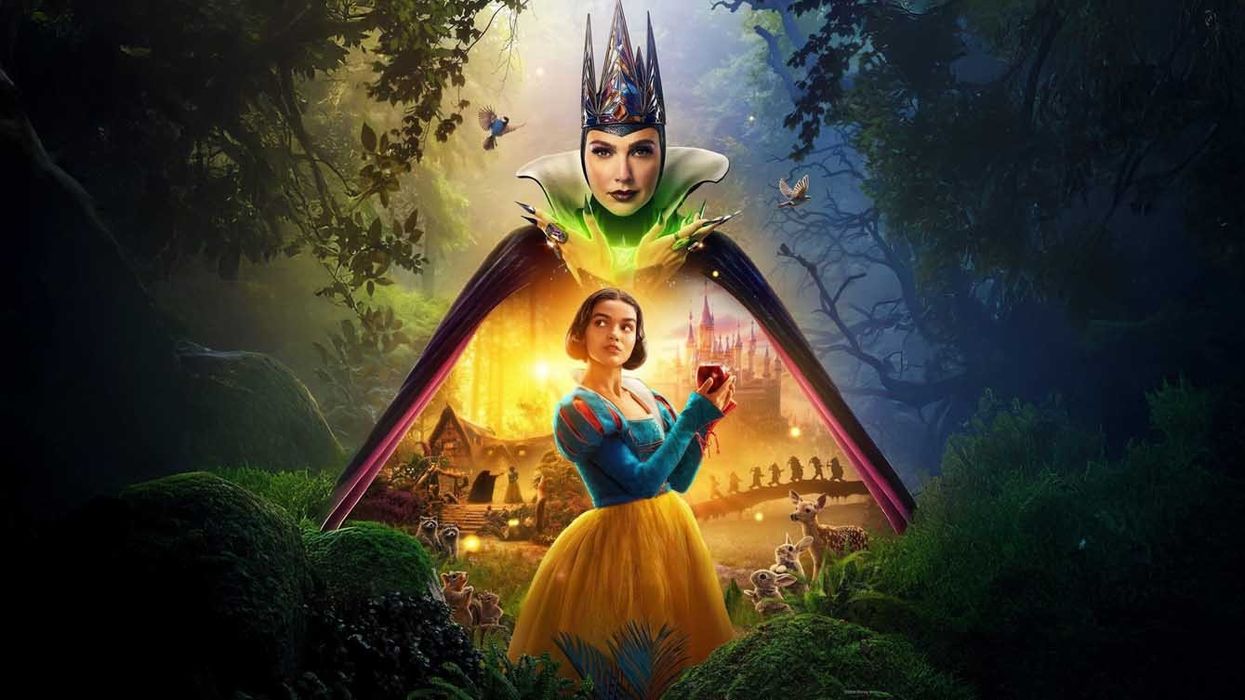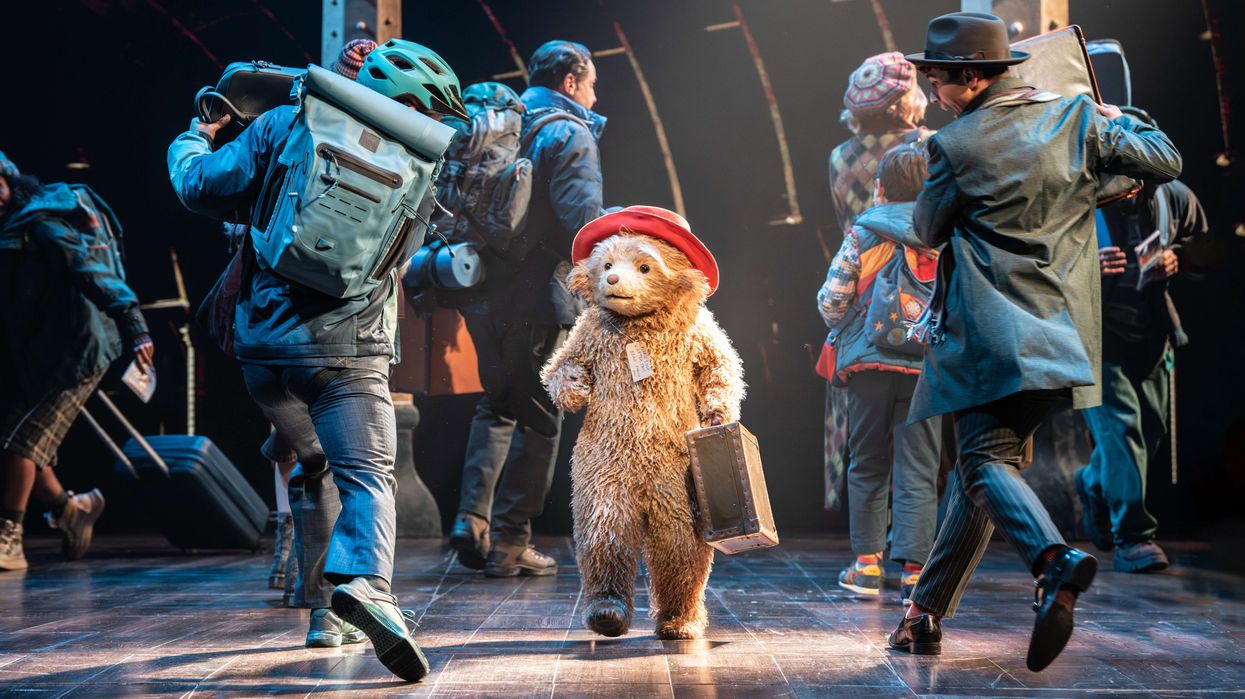ACT I: THE MIRROR CRACKS
Once upon a time, Disney’s live-action remakes were gilded cash cows, reliable as sunrise. Then came Snow White (2025), a film so steeped in controversy it’s less a fairy tale and more a Hollywood horror story.
Leaked set photos revealed the crime scene: dwarfs replaced with CGI homunculi straight out of a beta-stage video game, a forest that looked less like an enchanted kingdom and more like a screensaver. And at the heart of it all? Rachel Zegler, a talented actress caught in a culture war crossfire while a £410 million (₹3,970 crore) budget haemorrhaged in real time.
Hollywood’s magic mirror is cracked, and the reflection isn’t pretty.
- YouTubewww.youtube.com
ACT II: THE DWARF DEBACLE (Or, how Peter Dinklage set Disney’s PR on fire)
Peter Dinklage, the Game of Thrones icon and Hollywood’s loudest dwarfism advocate, called out Disney’s remake as “****ing backward.” The studio panicked. Their solution? Erase the seven dwarfs and replace them with a “diverse band of magical creatures” rendered in CGI.

Cue the firestorm.
“They erased us twice,” fumed actor Danny Woodburn from Seinfeld. “First by sanitising our stories, then by digitising our jobs.” The backlash only grew when it was revealed that Martin Klebba from Pirates of the Caribbean would be playing all seven dwarfs via motion capture. Because, apparently, representation is best achieved by one actor playing an entire community.
The Sin: Using performative progressivism as a smokescreen for profit.
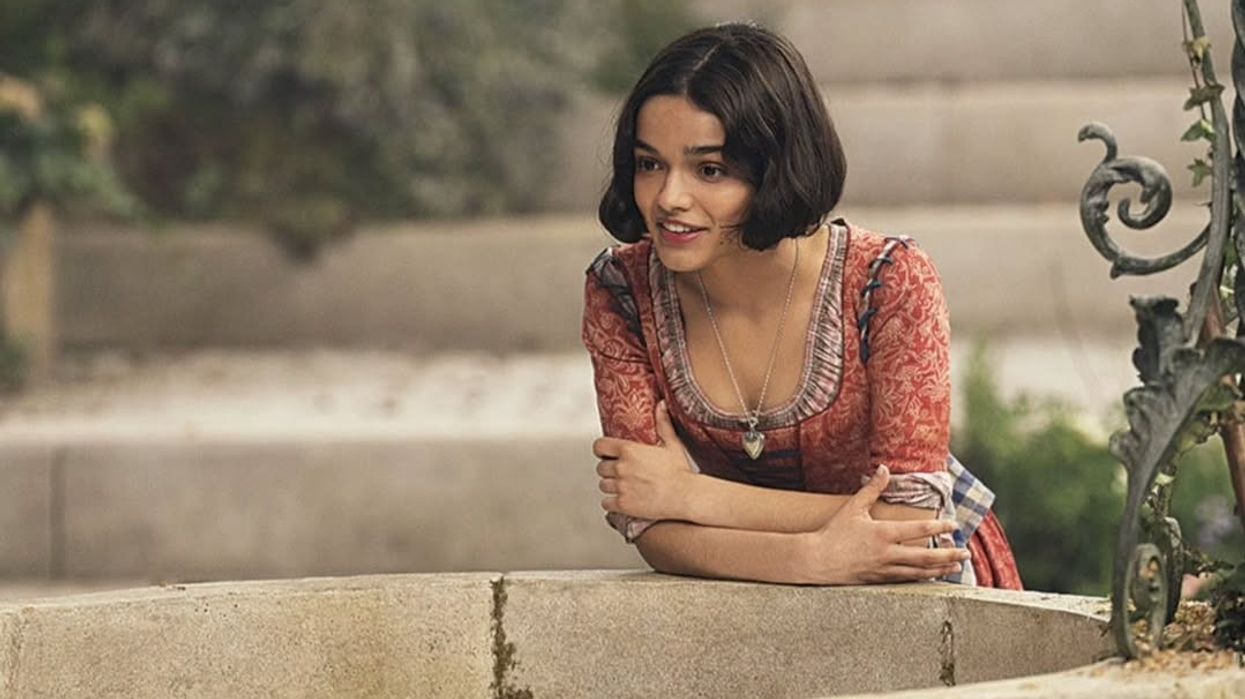
ACT III: CGI’S FAUSTIAN BARGAIN
CGI was meant to set imagination free. Instead, it built a gilded cage.
From The Lion King (2019)’s dead-eyed lions to Ant-Man 3’s CGI soup, Hollywood keeps churning out lifeless, high-budget tech demos. Snow White falls into the same trap: an over-reliance on CGI that drains every ounce of magic from the screen.
Now let us compare that to Dune: Part Two’s visceral, sand-choked landscapes, Fury Road’s brutal, bone-rattling car chases, Avatar: The Way of Water’s breathtaking fusion of practical and digital. The lesson? Audiences crave texture, weight, reality.
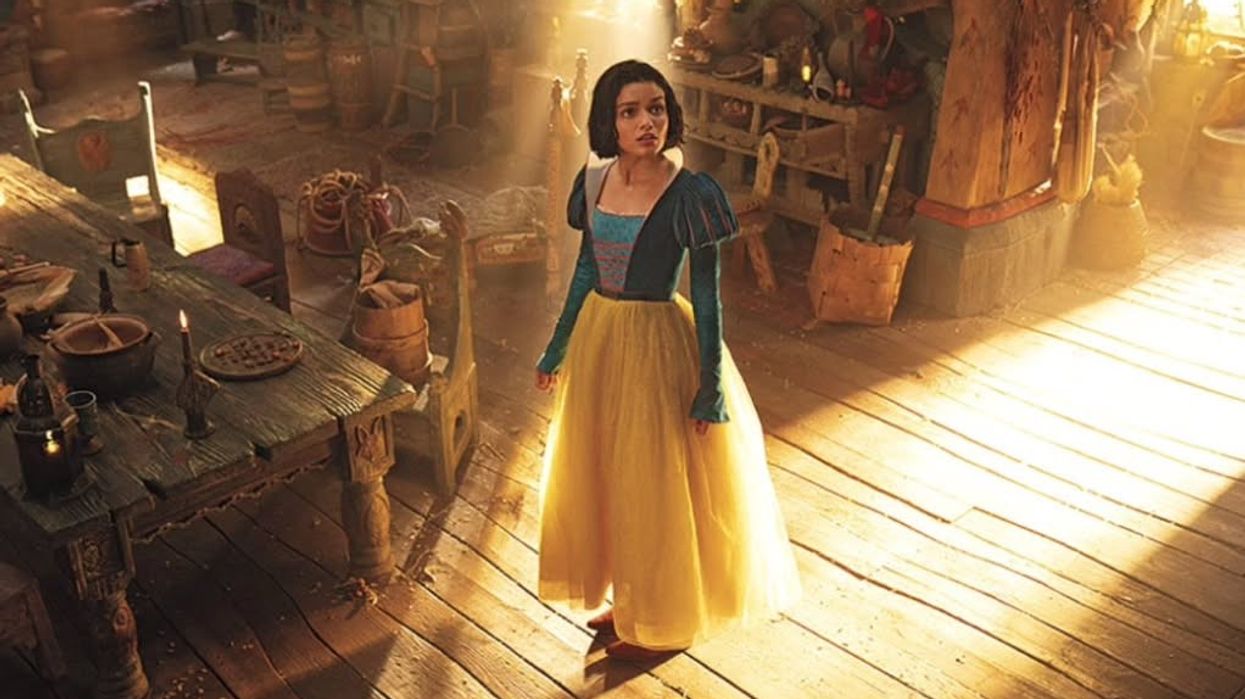
Hollywood, however, is too busy deep faking its own obsolescence.
ACT IV: THE AI OVERLORDS COMETH
Disney’s The Mandalorian used AI to generate entire planets. Now, industry whispers warn of “render farms replacing resumes.” Writers' rooms fear a future where scripts are AI-generated templates, repeating the same formulas in pixel-perfect monotony.
If studios can deepfake actors and motion-capture entire species, what’s stopping them from replacing human performances altogether? Snow White’s CGI dwarfs are harbingers of an industry willing to trade authenticity for algorithms.

The Horror: The day Hollywood realises it’s cheaper to code actors than pay them.
ACT V: THE AUDIENCE STRIKES BACK
Box office numbers don’t lie.
- Barbie : £1.1 billion (₹10,650 crore)—a fever-dream spectacle made with practical sets and sheer creativity.
- The Little Mermaid : £456 million (₹4,400 crore)—a CGI-smeared nostalgia cash grab that barely broke even.
- Oppenheimer : £707 million (₹6,850 crore)—practical IMAX explosions.
- Quantumania : £374 million (₹3,620 crore)—a quantum mess of AI-generated sludge.

The verdict? Practical is revolutionary. Snow White, with its plastic landscapes and CGI crutches, ignored the memo. Early tracking suggests a flop of John Carter proportions.
ACT VI: THE HYBRID HOPE
Not all CGI is cursed. When used right, it’s sorcery.
- Avatar 2’s water physics? Flawless.
- Dune’s sandworms? Terrifyingly tangible, right?
Digital dreams or a pixelated nightmare? Snow White divides audiencesInstagram/SnowWhitemovie
The fix? Maybe a hybrid revolution?
- Cast real actors + maybe enhance with CGI (see: Lord of the Rings’ scale tricks)
- Try building real sets, then augment (like Dune’s brutalist world)
- Pay VFX artists their worth (Marvel’s burnout crisis is a crime)
Disney had the budget, the time, the legacy. Instead, they chose the path of least resistance, and sadly, it shows.
ACT VII: THE CURSE OF THE SLEEPING STUDIO
Snow White is more than just a bad remake. It’s a referendum.
Will Hollywood keep chasing algorithmic trends or rediscover the alchemy of real filmmaking? Will it listen to marginalised actors or render them obsolete?
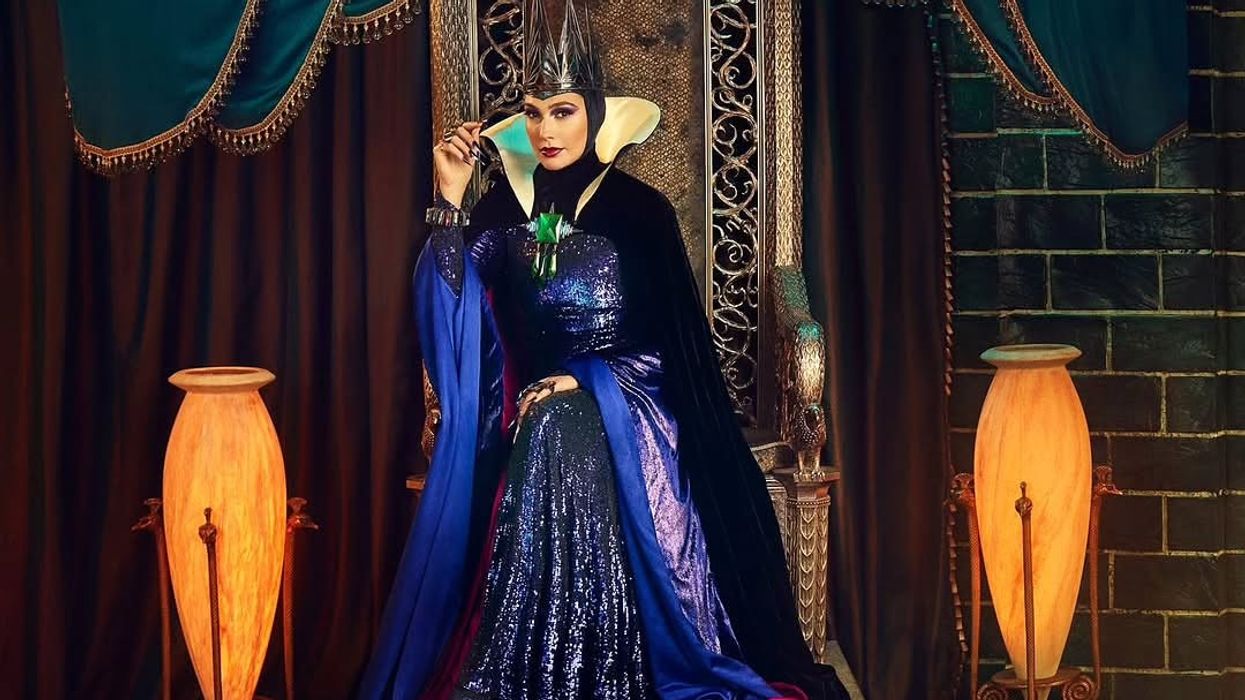
The magic mirror has spoken:
“You’re the fairest of them all until you forget what ‘fair’ means.”
Now, will the industry eat the poison apple? Or spit it out and wake up?
FADE TO BLACK

Roll credits. Queue the revolution.
